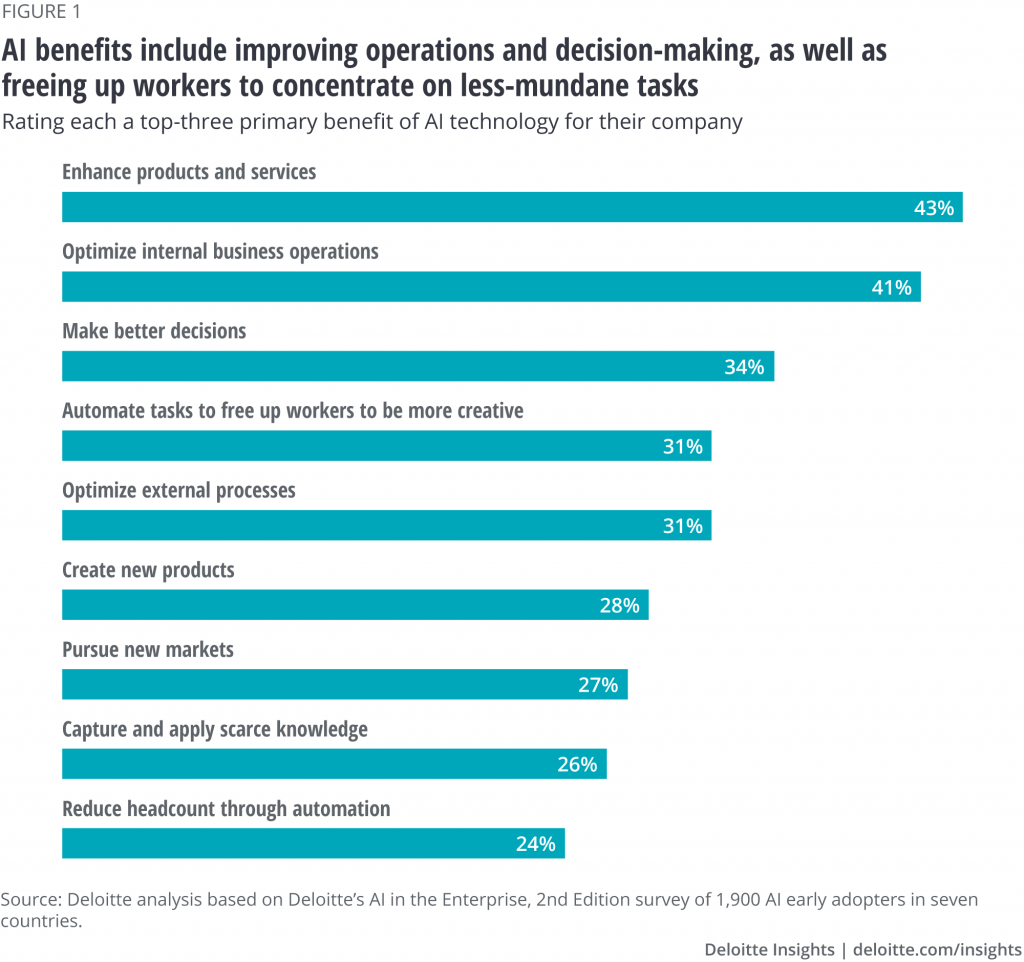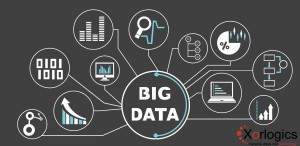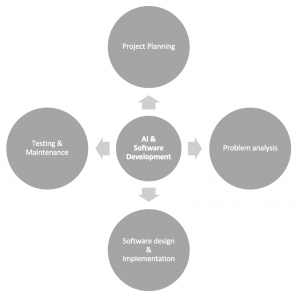How to implement AI-driven Operations Forecasting in your business
Unlocking multiple sources of value in operations is a constant pursuit for businesses. And in today’s fast-paced and ever-changing world, harnessing the power of artificial intelligence (AI) can be a game-changer. Enter AI-driven forecasting – a revolutionary approach that combines advanced analytics with machine learning to predict outcomes and optimize operations like never before.
Imagine being able to automate half of your workforce planning and performance management processes, while simultaneously reducing costs by 10-15% through increased efficiency. Sounds appealing, right? Well, that’s exactly what AI-based predictive models can offer. Not only do they streamline operations, but they also improve workforce resilience through targeted performance management strategies.
In our last blog post, we’ve explored how AI-driven forecast models hold the key to unlocking these remarkable benefits. In this blog post we’ll delve into their inner workings and discuss how you can implement them in your own business.
How do AI-driven forecast models work?
AI-driven forecast models utilize advanced algorithms and machine learning techniques to analyze vast amounts of data and generate accurate predictions. These models are designed to identify patterns, trends, and correlations within the data, allowing businesses to make informed decisions based on reliable forecasts.
At the core of AI-driven forecasting is the concept of training the model. Initially, historical data is fed into the system to enable it to learn from past patterns and behaviors. As more data becomes available over time, the model continuously updates itself, refining its predictions with each iteration.
The beauty of AI-driven forecasting lies in its ability to handle complex datasets with ease. Whether it’s analyzing sales figures, customer behavior patterns, or market trends, these models can process large volumes of information quickly and efficiently. This not only saves valuable time but also eliminates human error inherent in manual analysis.
Furthermore, AI-driven forecast models have a remarkable adaptability factor. They can adjust their predictions as new variables come into play or unexpected events occur that may impact business operations. This flexibility allows organizations to respond swiftly and effectively in dynamic environments.
To leverage these benefits for your business, you need access to quality data sources and a robust infrastructure capable of handling high computational loads. Implementing an AI-driven forecast model requires collaboration between domain experts who understand the specific nuances of your industry and skilled data scientists who can develop sophisticated algorithms tailored to your needs.
AI-powered forecast models offer unparalleled accuracy by leveraging machine learning algorithms trained on extensive historical data sets. Their ability to process complex information quickly provides businesses with reliable insights for making strategic decisions while adapting seamlessly to rapidly changing markets or circumstances.

How to implement AI-driven forecasting in your business?
Implementing AI-driven forecasting in your business can seem like a daunting task, but with the right approach and guidance, it can be a valuable addition to your operations. Here are some steps you can take to successfully implement AI-driven forecasting:
- Define your objectives: Start by clearly defining what goals you want to achieve through AI-driven forecasting. Whether it’s improving operational efficiency, reducing costs, or enhancing customer satisfaction, having clear objectives will guide your implementation strategy.
- Gather quality data: Data is the fuel that powers AI algorithms. Ensure that you have access to accurate and relevant data from various sources within your organization. This may include historical sales data, customer behavior patterns, market trends, and more.
- Choose the right tools: There are numerous AI-powered forecast models available in the market today. Research and evaluate different tools based on their features, scalability, ease of integration with existing systems, and cost-effectiveness.
- Build a skilled team: Implementing AI-driven forecasting requires expertise in both data analytics and domain knowledge specific to your industry. Build a team of skilled professionals who can effectively leverage the technology for maximum impact.
- Integrate with existing systems: To ensure seamless integration into your business operations, work closely with IT teams to integrate the chosen forecast model with existing systems such as CRM software or inventory management tools.
- Test and refine: Before fully deploying an AI-driven forecast model across all aspects of your business operations,
- Evaluate performance regularly: Regularly assess how well the implemented forecast models are performing against predefined metrics
- Continuous learning process: Keep up-to-date with advancements in AI technology
Case Studies
Several case studies have demonstrated the effectiveness of AI-driven forecasting in different industries. Companies ranging from retail giants to healthcare providers have witnessed significant cost savings, increased operational efficiencies, and improved customer satisfaction by integrating these advanced technologies into their operations. Below are some real-life examples of how AI-driven forecast models have unlocked multiple sources of value in operations. These case studies highlight the tangible benefits that businesses can achieve by implementing AI-based predictive models.
One case study involves a manufacturing company that struggled with workforce planning and performance management. By adopting an AI-driven forecasting solution, they were able to automate half of their workforce planning process. This not only saved time but also improved accuracy and efficiency, leading to cost savings of 10-15%.
Another case study focuses on a retail business that utilized AI-driven forecast models to improve its inventory management. By analyzing historical sales data and external factors such as weather patterns, holidays, and promotions, they were able to optimize their inventory levels and reduce holding costs while ensuring the availability of popular products.
In yet another example, a healthcare organization implemented AI-based predictive models for patient demand forecasting. By accurately predicting patient volumes based on various factors like demographics, seasonality, and disease trends, they were able to optimize resource allocation and staffing levels. This resulted in improved patient care outcomes while reducing operational costs.
These case studies demonstrate the versatility and effectiveness of AI-driven forecast models across different industries. Whether it is improving workforce planning or optimizing supply chain operations, businesses can derive significant value from leveraging these advanced technologies.
By harnessing the power of artificial intelligence in forecasting processes, organizations can gain valuable insights into future trends and make data-driven decisions for better outcomes. The possibilities are endless when it comes to unlocking multiple sources of value through AI-driven forecast models!
Conclusion
AI-driven forecasting has the potential to revolutionize operations across various industries. By harnessing the power of AI, businesses can unlock multiple sources of value and drive efficiency in workforce planning and performance management.
Adopting AI-based predictive models can automate half of workforce planning and performance management while reducing costs by 10-15% through increased efficiency. This transformative technology not only drives financial benefits but also enhances workforce resilience through targeted performance management strategies. The future belongs to those who are willing to embrace innovation – so why wait? At Xorlogics, we advise you on all questions regarding the introduction, update or optimization, maintenance, and further development of your IT systems according to your needs and are at your side as a competent partner. We are happy to assist you in all technical areas. Thanks to our many years of experience, we know what is important, and which hardware and software make sense for your work processes. Just contact us and we will be happy to advise you.



